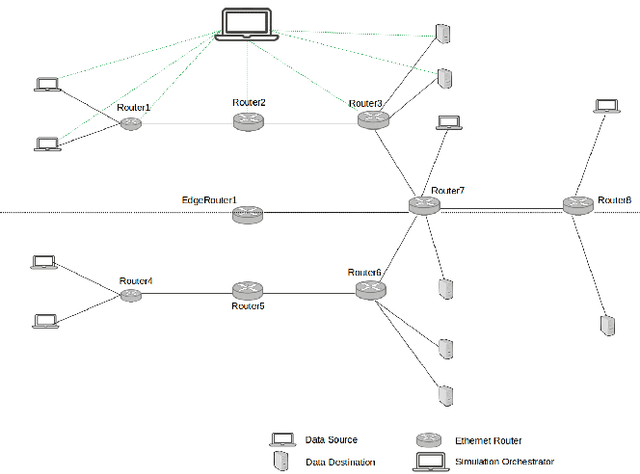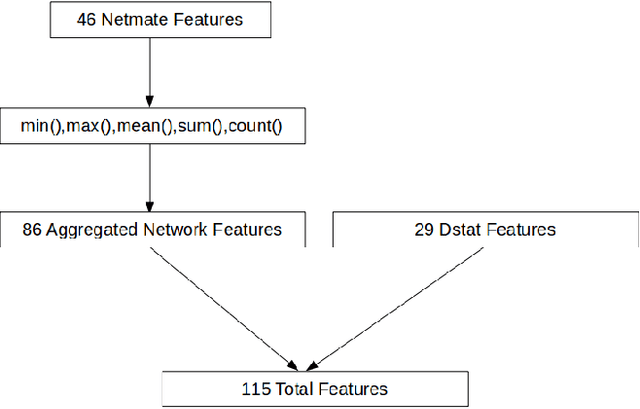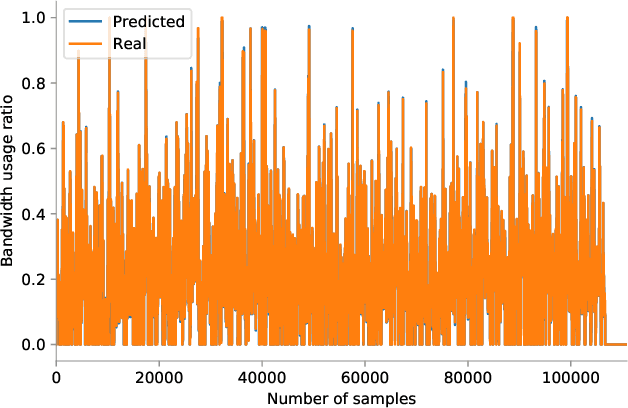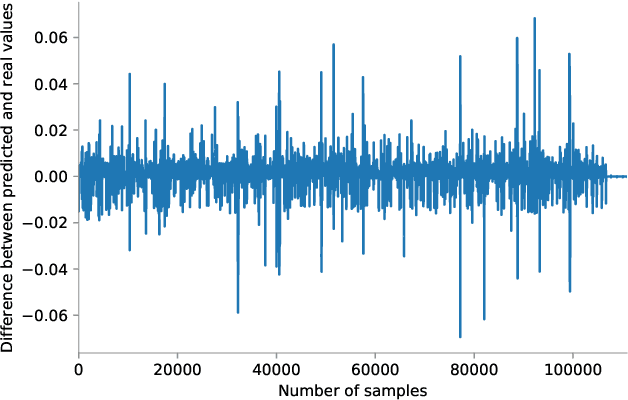Alexis Olivereau
Multi-stage Attack Detection and Prediction Using Graph Neural Networks: An IoT Feasibility Study
Apr 28, 2024Abstract:With the ever-increasing reliance on digital networks for various aspects of modern life, ensuring their security has become a critical challenge. Intrusion Detection Systems play a crucial role in ensuring network security, actively identifying and mitigating malicious behaviours. However, the relentless advancement of cyber-threats has rendered traditional/classical approaches insufficient in addressing the sophistication and complexity of attacks. This paper proposes a novel 3-stage intrusion detection system inspired by a simplified version of the Lockheed Martin cyber kill chain to detect advanced multi-step attacks. The proposed approach consists of three models, each responsible for detecting a group of attacks with common characteristics. The detection outcome of the first two stages is used to conduct a feasibility study on the possibility of predicting attacks in the third stage. Using the ToN IoT dataset, we achieved an average of 94% F1-Score among different stages, outperforming the benchmark approaches based on Random-forest model. Finally, we comment on the feasibility of this approach to be integrated in a real-world system and propose various possible future work.
Predicting Bandwidth Utilization on Network Links Using Machine Learning
Dec 04, 2021



Abstract:Predicting the bandwidth utilization on network links can be extremely useful for detecting congestion in order to correct them before they occur. In this paper, we present a solution to predict the bandwidth utilization between different network links with a very high accuracy. A simulated network is created to collect data related to the performance of the network links on every interface. These data are processed and expanded with feature engineering in order to create a training set. We evaluate and compare three types of machine learning algorithms, namely ARIMA (AutoRegressive Integrated Moving Average), MLP (Multi Layer Perceptron) and LSTM (Long Short-Term Memory), in order to predict the future bandwidth consumption. The LSTM outperforms ARIMA and MLP with very accurate predictions, rarely exceeding a 3\% error (40\% for ARIMA and 20\% for the MLP). We then show that the proposed solution can be used in real time with a reaction managed by a Software-Defined Networking (SDN) platform.
 Add to Chrome
Add to Chrome Add to Firefox
Add to Firefox Add to Edge
Add to Edge